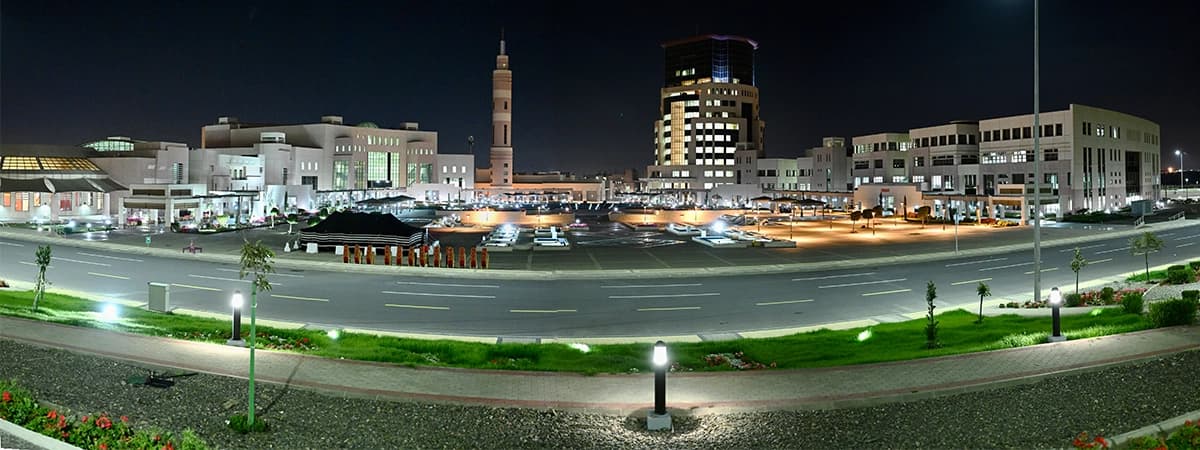King Khalid University
News

Social Media and Crisis Mapping on Twitter
King Khalid University - Media Center
In the third session of the Media Crisis Conference, the speakers opined that Twitter and other social media can be more specific and timely than official data from aid agencies or relief organizations. However, they noted, not all of this massive information is useful, and the sheer volume can be overwhelming.
Dr. Ali from the Science Academy in Sudan used Twitter as a model. He pointed out that social media and technology today has increased the opportunities for news coverage, noting that sheer volume can be overwhelming. Furthermore, Dr. Ali researched the impact of social media in comparison to traditional news resources during crises. He pointed out that the secret to the popularity of these social networks is the absence of authentic sources. He also discussed the opportunities available in social media to amplifying news through presenting models and samples from previous situations.
On his part, Dr. Dyar Syak from Al-Furkan Islamic University in Côte d'Ivoire explained that social media networks are quicksand for the spread of rumors and fake news. Dr. Dyar added that his research aims to provide legal solutions to manage rumors and false news. Dr. Dyar called on the necessity of establishing an international association to follow rumors and fake news, in addition to setting media strategies to maintaining social media content in crises.
Media and Communication Associate Professor from King Abdulaziz University, Dr. Khuloud Abdullah Melliani, maintained that social media is among the most popular sources on which Saudi youth rely on for news during crises.
